
Amastus is a genus of moths in the family Erebidae. The genus was erected by Francis Walker in 1855.
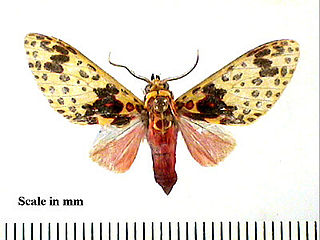
Amaxia is a genus of moths in the family Erebidae erected by Francis Walker in 1855. The type species of the genus is Amaxia pardalisWalker, 1855.

Cisthene is a genus of lichen moths in the family Erebidae. The genus was erected by Francis Walker in 1854.

Correbia is a genus of moths in the subfamily Arctiinae. The genus was erected by Gottlieb August Wilhelm Herrich-Schäffer in 1855.
Cyme is a genus of moths in the family Erebidae. The genus was described by Felder in 1861.
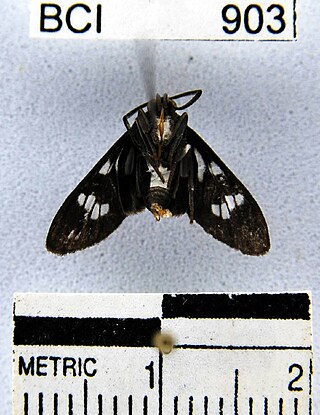
Heliura is a genus of moths in the subfamily Arctiinae. The genus was erected by Arthur Gardiner Butler in 1876.

Hyperthaema is a genus of moths in the family Erebidae. The genus was described by William Schaus in 1901.

Idalus is a genus of moths in the family Erebidae. The genus was erected by Francis Walker in 1855.
Lambula is a genus of moths in the family Erebidae. The genus was erected by Francis Walker in 1866.

Macaduma is a genus of moths in the subfamily Arctiinae.

Melese is a genus of moths in the family Erebidae. The genus was erected by Francis Walker in 1854.

Paranerita is a genus of moths in the family Erebidae erected by George Hampson in 1901.
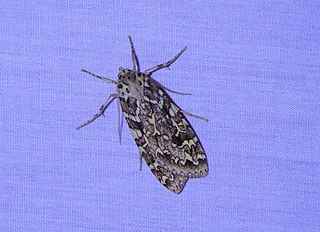
Phaegoptera is a genus of moths in the family Erebidae. The genus was proposed by Gottlieb August Wilhelm Herrich-Schäffer in 1853.
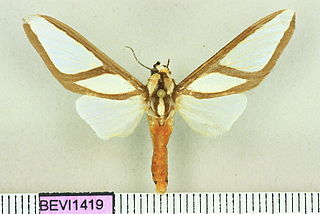
Robinsonia is a genus of moths in the family Erebidae. The genus was erected by Augustus Radcliffe Grote in 1866.

Schistophleps is a genus of moths in the family Erebidae first described by George Hampson in 1891.
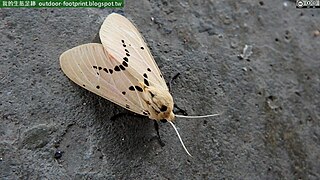
Spilarctia is a genus of moths in the family Erebidae. The genus was erected by Arthur Gardiner Butler in 1875.

Spilosoma is a genus of moths in the family Erebidae originally described by John Curtis in 1825. A very heterogeneous group, it is in need of review by the scientific community, as certain species probably need reclassification into their own genera.
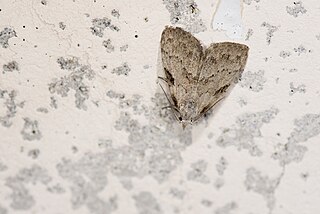
Manoba is a genus of moths in the family Nolidae. The genus was first described by Francis Walker in 1863.
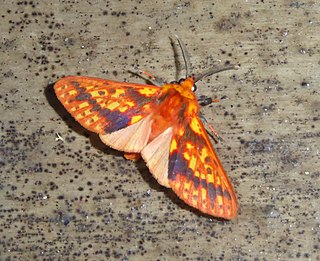
Symphlebia is a genus of moths in the family Erebidae. The genus was erected by Felder in 1874.
Stictane is a genus of moths in the family Erebidae erected by George Hampson in 1900.















